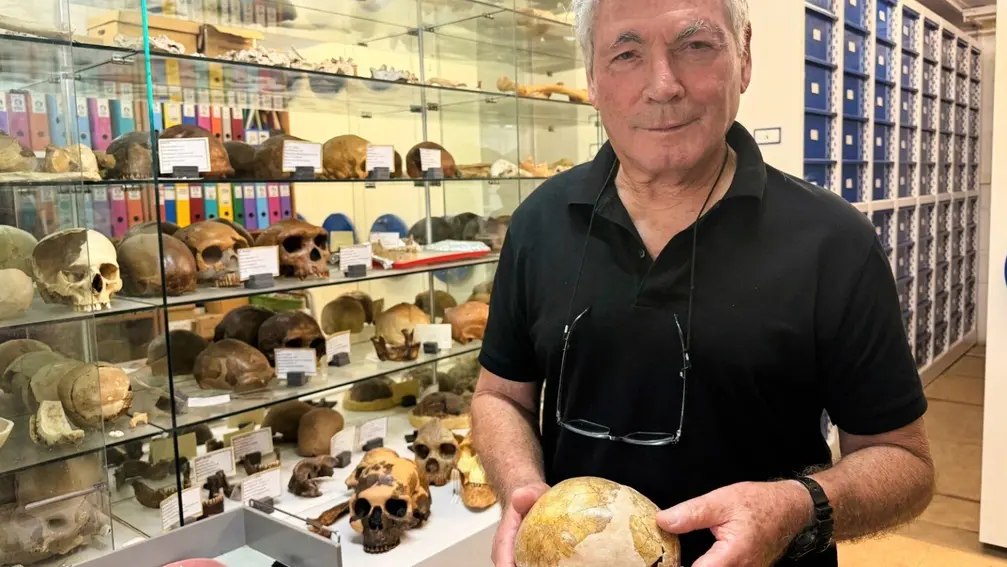T4K3.news
Snail study hints at eye regeneration in humans
UC Davis researchers show how Pax6 gene edits in golden apple snails could point to future human eye therapies, signaling cautious optimism.
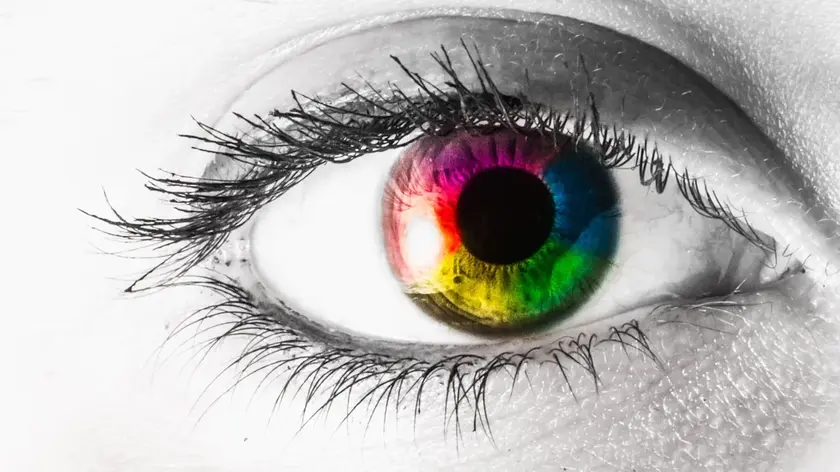
Researchers study the golden apple snail to learn how eye tissue regrows and what it could mean for human vision.
Snail study reveals trigger for eye regeneration in humans
Researchers at the University of California, Davis study the golden apple snail Pomacea canaliculata to learn how its eye regrows after damage. They used CRISPR/Cas9 to edit the Pax6 gene in snail embryos to see how changes affect eye development. The team found that 9,000 genes changed how they behaved in the first 24 hours after amputation. By day 15, the major eye structures appear, and full maturation takes several more weeks. The goal is to understand genes that drive regeneration and see if similar systems exist in humans, given that snails and humans both have camera type eyes.
Snail biology offers a practical model for discovery, even though snails are invasive in many places. The researchers emphasize that many human eye development genes are also found in snails, despite millions of years of evolution. The work ties into other studies showing that mammalian retina tissue can be coaxed toward regeneration in some cases, suggesting there are shared tools across species. The next steps will test whether these findings can be translated into safe, effective therapies for people.
Key Takeaways
"The idea is that we mutate specific genes and then see what effect it has on the animal."
Accorsi explains the experimental approach
"If we find a set of genes that are important for eye regeneration, and these genes are also present in vertebrates, in theory we could activate them to enable eye regeneration in humans."
Potential translation to human therapy
"Why isn’t anybody already using snails to study regeneration?"
Accorsi expresses surprise about field progress
"Many of the genes that participate in human eye development can be found in these snails as well."
Article notes gene conservation between species
This study highlights how science often learns in small steps from small models. It shows promise by pointing to conserved genetic tools that transcend species. Yet translating snail findings into human therapies will require careful safety checks, rigorous testing, and open discussion about ethics and expectations. The snail’s invasive status adds a layer of complexity, reminding readers that progress in biology must coexist with ecological responsibility. The broader takeaway is humility: nature has many pages, and our job is to read them without rushing to conclusions about the clinic.
Highlights
- Eye regeneration is a gene story that biology keeps telling
- Tiny creatures offer outsized lessons on healing
- If we map regeneration genes, the human eye may not stay unchanged
- Why isn’t anybody already using snails to study regeneration?
Biotech research raises biosafety and ethical considerations
The jump from snail models to human therapy raises questions about safety, regulation, and public communication. Translational work could spark hype, require strict oversight, and demand ecological caution given the snail’s invasive status in many regions.
Science travels far when it learns from the tiny.
Enjoyed this? Let your friends know!
Related News
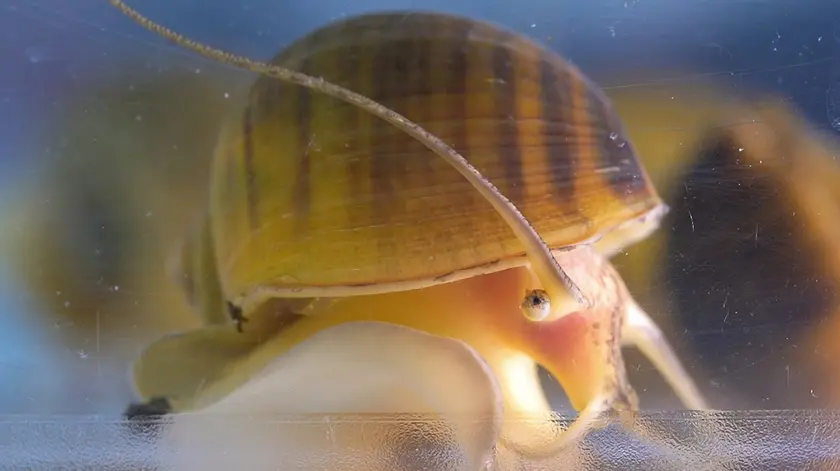
Research reveals snail eyes may cure blindness

COVID-19 Linked to Alzheimer’s-Like Changes
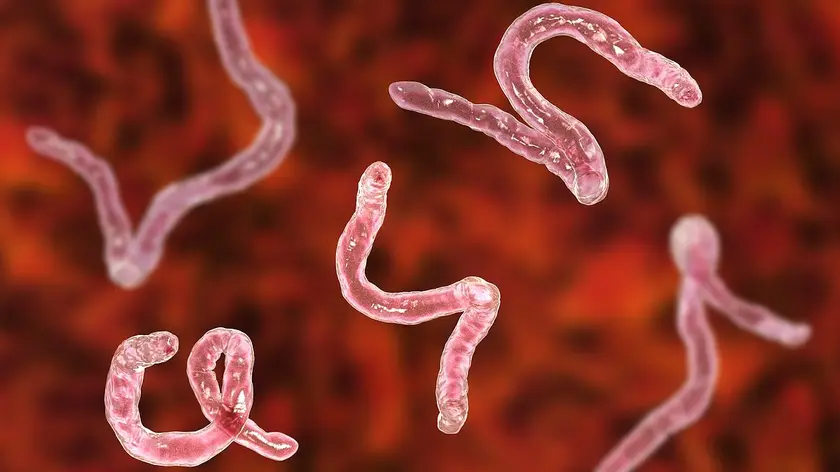
Blood fluke penetrates skin undetected
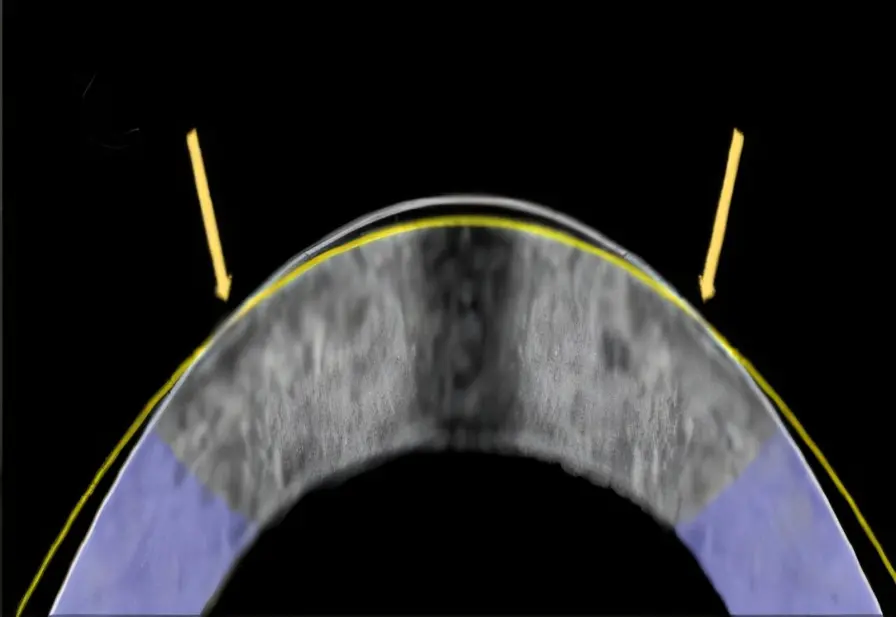
Promising EMR eye surgery shown in animal tests
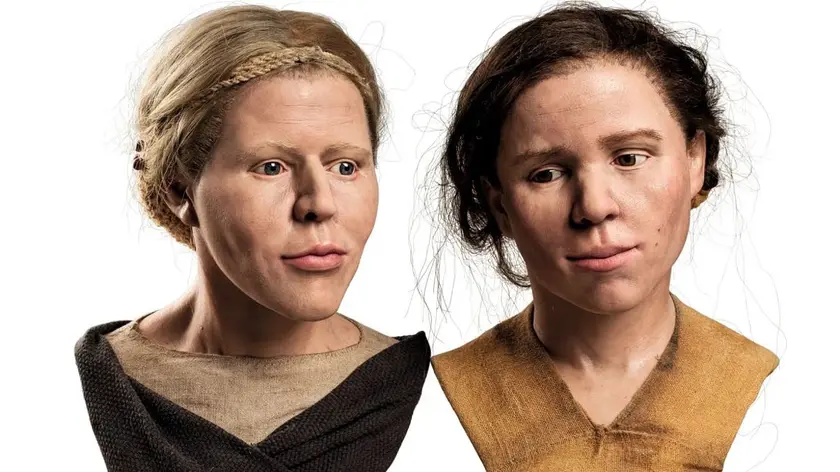
Faces of ancient sisters revealed in new study
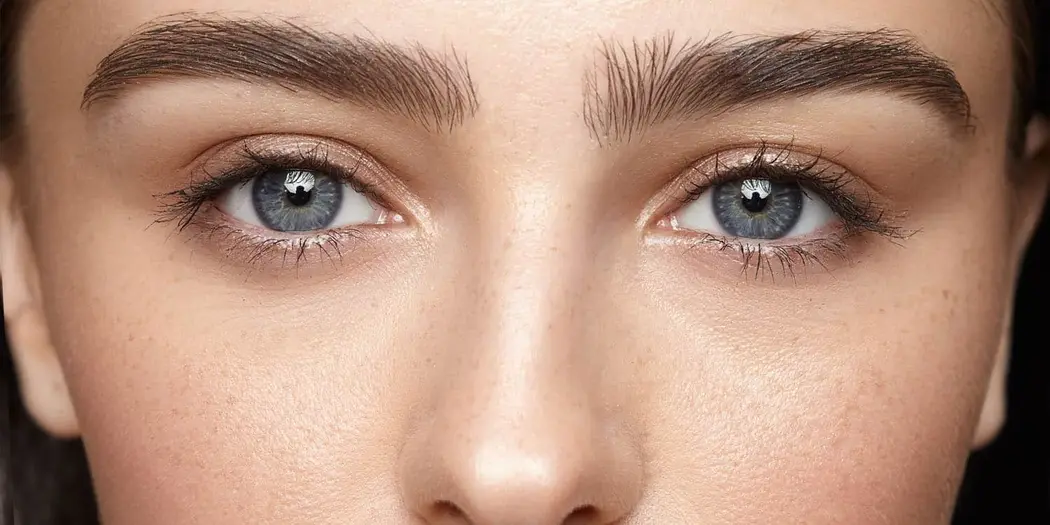
Research reveals benefits of gaze-based meditation
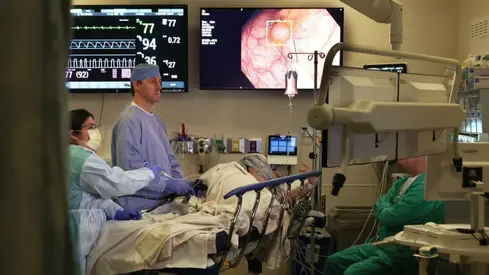
AI use linked to lower colonoscopy detection in Polish study

Groundbreaking study reveals brain emits light
